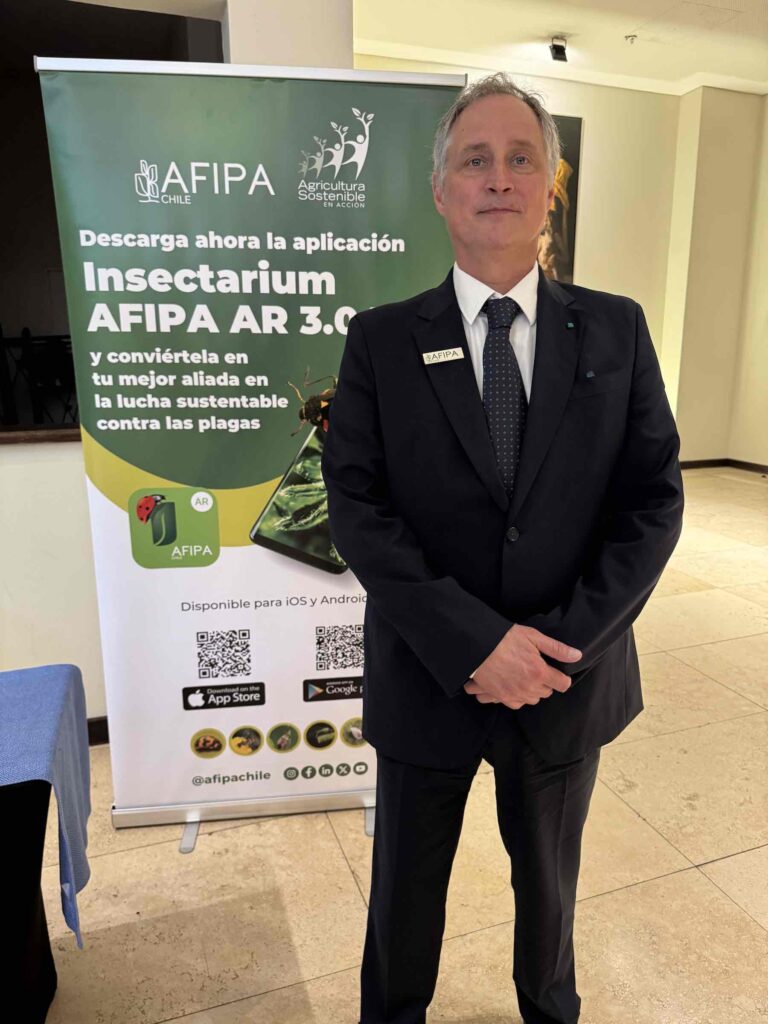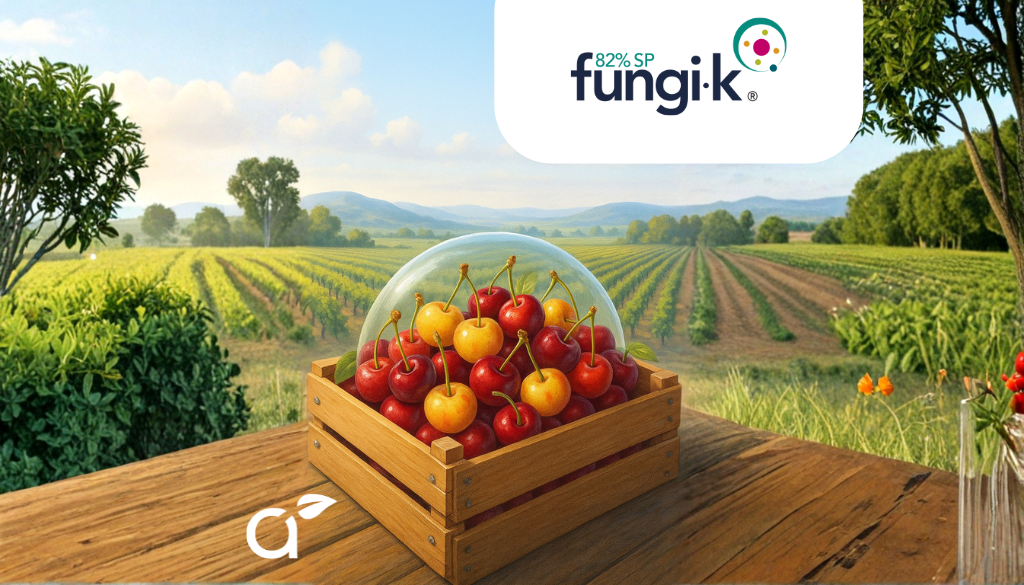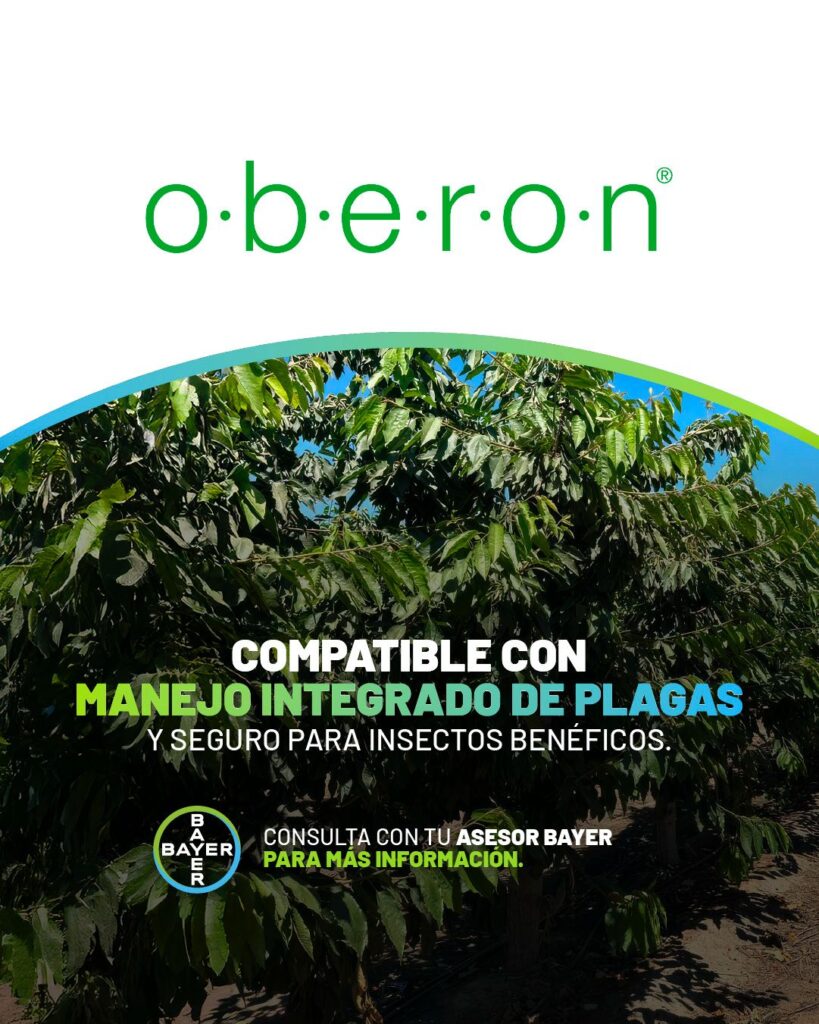March is the transition month between post-harvest and the entry into dormancy of the orchards, a period in which certain signals must be sent to the plants so that they enter a correct winter lethargy.
Post-harvest is essential for cherry orchards, as it is the basis for the next season's production; during this period, the plants must be compensated nutritionally after a harvest season has passed.
It is during the months of January and February where many very important physiological processes take place, including floral induction, flower differentiation, root growth, among others, therefore it is essential to have correct actions in terms of cultural management.
When post-harvest ends and pre-dormancy begins, coinciding with the month of March, it is necessary to finish all the orchard recovery programs, from the nutritional point of view; this must occur with the soil, nutritional, root, soil biology programs, etc. In addition, all foliar corrections must be completed in response to the foliar analyses that were taken at the beginning of the post-harvest stage, late in December or early in January.
“At this stage we must change the switch, within the next two months we will enter a stage of full dormancy, we can define dormancy in several ways, one is the calendar date: May 1 to July 31, which are the three months in which the plants accumulate this cold as the main basis of development season by season, but we must understand that this is also connected to physiology and this is what rules; physiological dormancy can be recognized at the moment when the plant has at least 50 percent of the yellow leaf, being synonymous with yellow leaf fallen leaf, and ideally this should occur on May 1stI”, explains Carlos Tapia, Expert Advisor in cherry production and Technical Director of Avium.
Climate change has brought with it a series of repercussions, including long summer ends and summery autumns; in this regard, March is the month in which the first cultural signal must be given to the plant: stop watering; this, complemented by ceasing soil and foliar fertilization towards the end of February so that the orchards have a correct entry into dormancy.
“We must be concerned, in general terms, with modifying the irrigation schedule that we have established, in some cases modifying times and frequencies, depending on the irrigation models that are followed in each project, but that makes sense in terms of demand, evapotranspiration, and there is confusion there because, although there are days of 29-30 ºC, those temperatures from March onwards last only a few hours; if we analyze them from the point of view of demand, effective or crop evapotranspiration will fall, even if we have the same maximum temperatures as in February.”, Tapia says.
It is essential to monitor evapotranspiration to make changes in irrigation frequency and times and not only maximum daytime temperatures; it is also advisable to keep an eye on soil moisture by means of trenches or the use of sensors.

It is essential to be clear about the changes in irrigation schedules, since theoretically there is only March left to continue watering, as April is the month of full transition to dormancy, so it is advisable to finish watering the orchards by March 30, the first week of April, in general. In sandier soils and with the presence of stones that have less water retention, the end of the irrigation season should be extended until April 10.
Although in certain situations it is possible to water again, considering for example a very dry beginning of autumn and entry into dormancy, watering should never be resumed before recognizing physiological dormancy, represented by at least 50 percent of fallen leaves (yellow leaf = fallen leaf); this situation should ideally occur on May 1, coinciding with the beginning of the accumulation of cold hours, essential for the following season.








